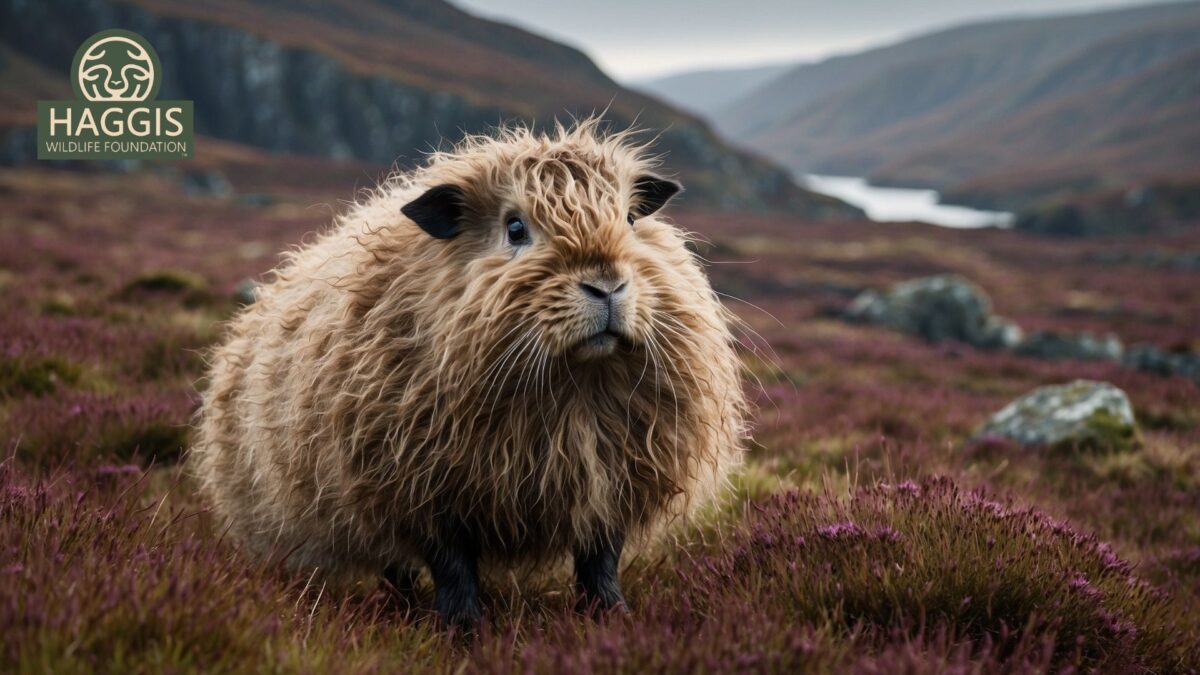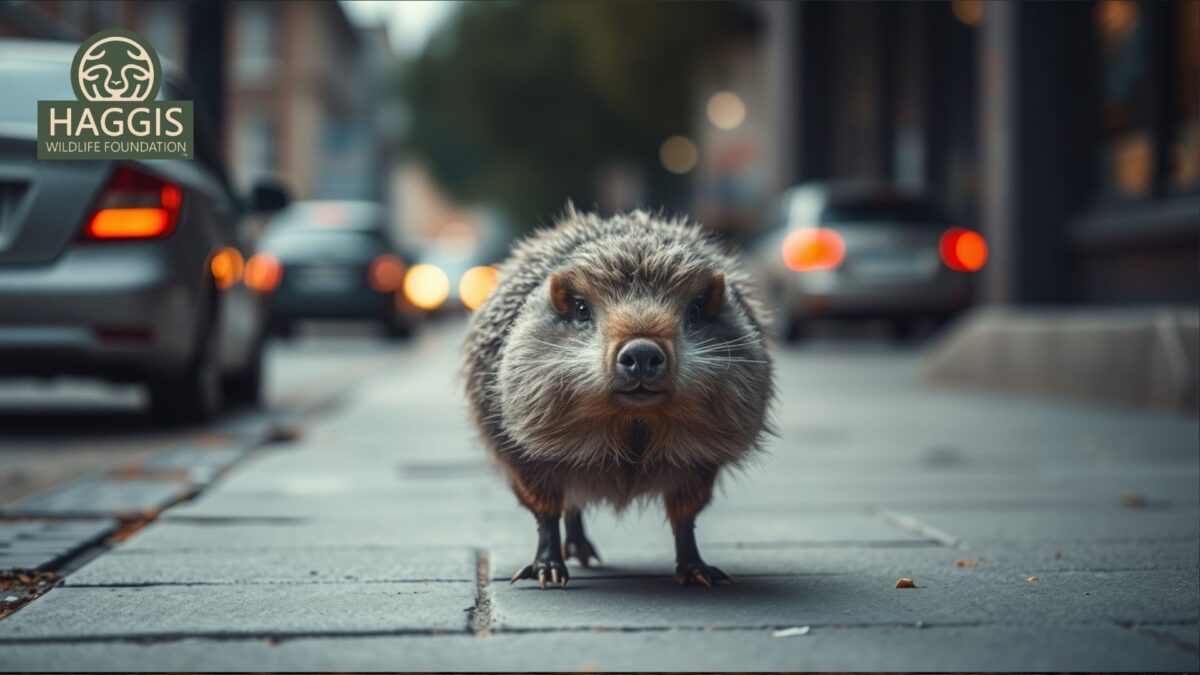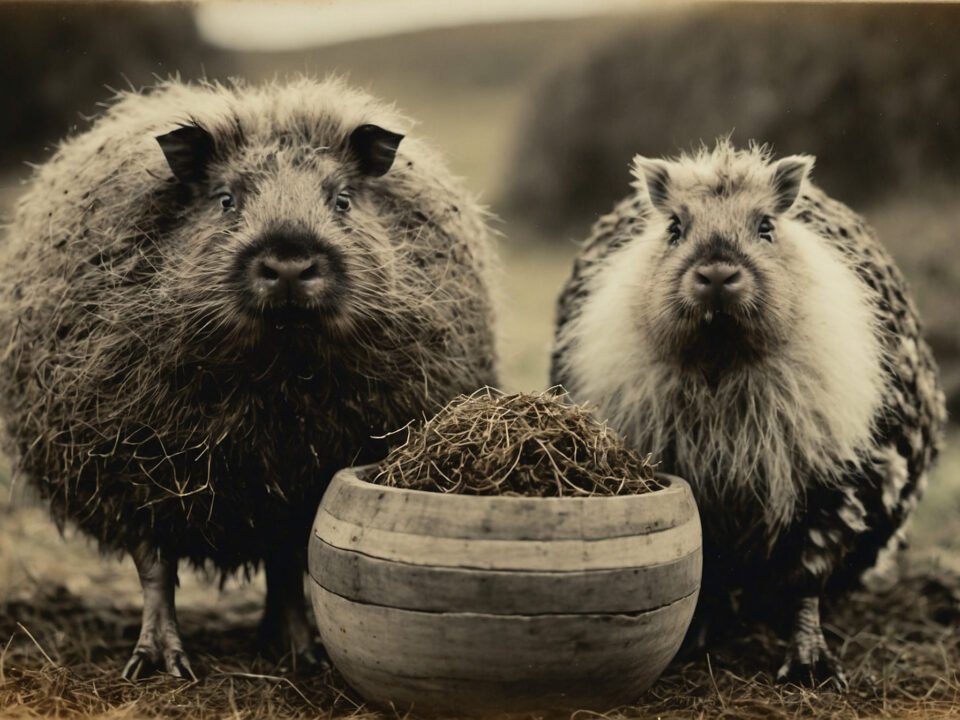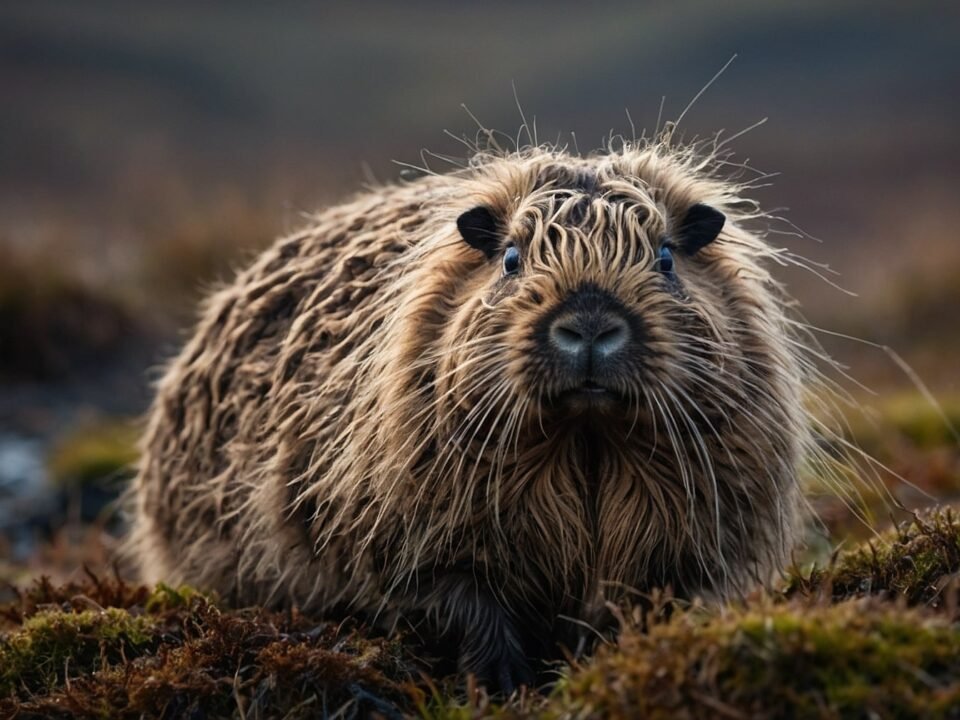
The Wild Haggis A Symbol of Scotland
January 28, 2025
The Official Book Of Wild Haggis animals
February 17, 2025If you’ve never heard of a haggis animal, you’re not alone. This elusive creature is one of Scotland’s best-kept secrets. Thanks to the Haggis Wildlife Foundation, we’re starting to uncover the truth about these fascinating beings. Let’s break it down in simple terms and explore what makes haggis animals so unique.
The Legend of Clockwise and Anticlockwise Haggis
For centuries, it was believed that there were only two types of haggis:
Haggis Scottii Dexterous Clockwise Haggis: Longer right legs for circling hills clockwise.

Haggis Scottii Sinistrous Anticlockwise Haggis: Longer left legs for moving anticlockwise.

This charming tale suggested that the two species could only move in one direction, ensuring they never crossed paths.
However, the Haggis Wildlife Foundation has revealed that the haggis family is far more diverse, with multiple species adapted to Scotland’s varied landscapes. These are just some of them.
The Highland Haggis (Haggi montanensis lostusmontibus excelsis)

Habitat: The rugged, mountainous regions of the Scottish Highlands.
Adaptations:
- Thick, shaggy fur to withstand cold temperatures and harsh weather.
- Longer right legs for navigating steep, uneven terrain.
- A keen sense of smell to locate food buried under snow.
The Highland Haggis is the most well-known species, often depicted in Scottish folklore. It thrives in the challenging conditions of the Highlands, where its unique leg structure allows it to move effortlessly across slopes. During the winter months, it burrows into the snow for warmth, emerging only to forage for heather, moss, and small insects.
The Lowland Haggis (Haggi Planitia farmus gramina)

Habitat: The rolling meadows and flatlands of southern Scotland.
Adaptations:
- Shorter, more balanced legs for running across flat terrain.
- Lighter-colored fur for camouflage in grassy fields.
- A diet rich in grasses, wildflowers, and roots.
The Lowland Haggis is a swift and agile creature, perfectly suited to the open landscapes of southern Scotland. Unlike its Highland cousin, this species has evolved to thrive in milder climates, where food is more abundant and predators are fewer. Its balanced legs allow it to run in any direction, making it a versatile and adaptable survivor.
The Forest Haggis (Haggis scoticus silvaticus)

Habitat: Scotland’s dense woodlands and forests.
Adaptations:
- Sharp claws for climbing trees and digging for food.
- Dark, mottled fur for blending into the forest floor.
- A diet of berries, nuts, and small insects.
The Forest Haggis is a master of camouflage, using its dark fur to disappear into the shadows of the woodland. This species is highly territorial, marking its territory with a distinctive musky scent. During the autumn months, it can be seen gathering acorns and berries, storing them for the winter.
The Coastal Haggis (Haggis scoticus maritimus)

Habitat: Scotland’s rocky coastlines and islands.
Adaptations:
- Webbed feet for swimming and navigating rocky shores.
- Water-resistant fur to protect against rain and sea spray.
- A diet of seaweed, shellfish, and small fish.
The Coastal Haggis is one of the most recently discovered species, identified by the Haggis Wildlife Foundation in 2018. This aquatic haggis has adapted to life along Scotland’s coastlines, where it forages for food among the tidal pools and rocky outcrops. Its webbed feet make it an excellent swimmer, and its water-resistant fur keeps it dry even in the wettest conditions.
The Urban Haggis (Haggi urbanus)

Habitat: Scotland’s cities and towns.
Adaptations:
- Shorter legs for navigating narrow alleys and streets.
- A diet of discarded food and garden plants.
- Increased tolerance for human activity.
As Scotland’s urban areas have expanded, so too has the range of the wild haggis. The Urban Haggis is a testament to the species’ adaptability, thriving in environments far removed from its natural habitat. This species is often spotted rummaging through bins or darting across rooftops, earning it the nickname “the city haggis.”
The Island Haggis (Haggi peninsulensis coastus)

Habitat: Scotland’s remote islands, such as the Hebrides and Orkney.
Adaptations:
- Compact body size for navigating rocky island terrain.
- A diet of seabird eggs, lichen, and coastal plants.
- Increased resistance to strong winds and salt spray.
The Island Haggis is a hardy species, perfectly adapted to the harsh conditions of Scotland’s islands. Its small size allows it to navigate the rocky, windswept landscapes, while its diet reflects the limited resources available in these remote areas.
Why Are There So Many Haggis Species?
Scotland’s diverse landscapes—from mountains to forests to coastlines—have shaped the evolution of the wild haggis. Over thousands of years, different haggis populations adapted to their specific environments, resulting in the variety of species we see today.
The Role of the Haggis Wildlife Foundation
The Haggis Wildlife Foundation is dedicated to studying and protecting these unique creatures. Through story telling, conservation efforts, and public education on ancient Scottish folklore, the foundation aims to ensure the survival of the wild haggis animals and its habitats. Their work has shed light on the haggis’s incredible adaptability and the importance of preserving Scotland’s natural heritage.
How Can You Spot a Wild Haggis?
Spotting a wild haggis is no easy task—they’re shy and elusive by nature. Your best chance is to visit Scotland’s rural areas, especially at dawn or dusk. Listen for their distinctive calls, which some say resemble the sound of bagpipes!
Final Thoughts
The wild haggis is more than just a quirky legend—it’s a symbol of Scotland’s natural beauty and biodiversity. From the mountains to the coast, these adaptable creatures continue to captivate and inspire. Thanks to the Haggis Wildlife Foundation, we’re learning more about this enigmatic elusive animal and the vital role it plays in Scotland’s ecosystems.
So, the next time you’re in Scotland keep it clean, keep your eyes peeled and You might just catch a glimpse of the wild haggis in its natural habitat!




